
Filter News
Area of Research
- (-) Advanced Manufacturing (34)
- (-) Materials Synthesis from Atoms to Systems (13)
- (-) Neutron Science (212)
- (-) Nuclear Science and Technology (75)
- Biological Systems (18)
- Biology and Environment (180)
- Biology and Soft Matter (5)
- Building Technologies (12)
- Chemical and Engineering Materials (4)
- Chemistry and Physics at Interfaces (11)
- Computational Biology (6)
- Computational Chemistry (5)
- Computational Engineering (5)
- Computer Science (19)
- Data (1)
- Electricity and Smart Grid (3)
- Energy Frontier Research Centers (14)
- Energy Science (526)
- Energy Sciences (5)
- Fossil Energy (3)
- Fuel Cycle Science and Technology (3)
- Functional Materials for Energy (16)
- Fusion and Fission (55)
- Fusion Energy (19)
- Geographic Information Science and Technology (3)
- Isotope Development and Production (3)
- Isotopes (36)
- Materials (433)
- Materials Characterization (2)
- Materials for Computing (36)
- Materials Under Extremes (12)
- Mathematics (1)
- National Security (80)
- Neutron Data Analysis and Visualization (4)
- Nuclear Systems Modeling, Simulation and Validation (3)
- Nuclear Systems Technology (1)
- Quantum Condensed Matter (4)
- Quantum information Science (9)
- Reactor Technology (1)
- Sensors and Controls (5)
- Supercomputing (319)
- Transportation Systems (11)
News Type
News Topics
- 3-D Printing/Advanced Manufacturing (29)
- Advanced Reactors (12)
- Artificial Intelligence (7)
- Big Data (2)
- Bioenergy (9)
- Biology (7)
- Biomedical (16)
- Biotechnology (1)
- Chemical Sciences (3)
- Clean Water (2)
- Composites (4)
- Computer Science (16)
- Coronavirus (11)
- Cybersecurity (3)
- Energy Storage (6)
- Environment (8)
- Fossil Energy (1)
- Frontier (1)
- Fusion (10)
- High-Performance Computing (2)
- Hydropower (1)
- Isotopes (5)
- Machine Learning (4)
- Materials (18)
- Materials Science (30)
- Mathematics (1)
- Microscopy (3)
- Molten Salt (4)
- Nanotechnology (10)
- National Security (2)
- Neutron Science (122)
- Nuclear Energy (39)
- Physics (10)
- Polymers (1)
- Quantum Computing (1)
- Quantum Science (7)
- Security (2)
- Space Exploration (9)
- Summit (6)
- Transportation (5)
Media Contacts
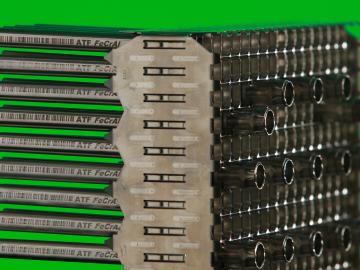
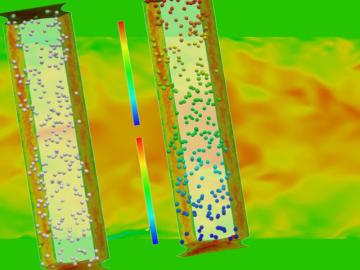
The intrinsic beauty of bubbles—those thin watery spheres filled with air or other gases—has long captured the imagination of children and adults alike. But bubbles are also a linchpin of nuclear engineering, helping to explain the natural world, predict safety issues and improve the...
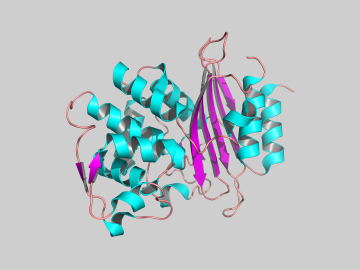
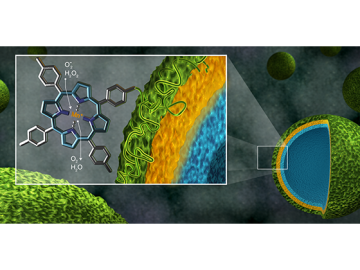
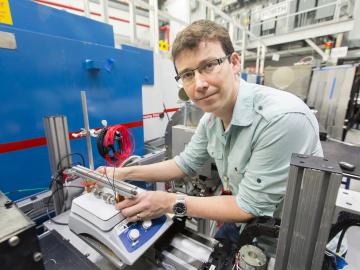
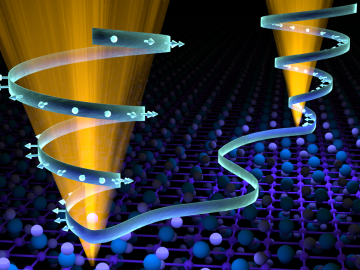
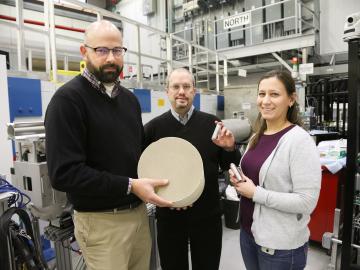
Researchers are looking to neutrons for new ways to save fuel during the operation of filters that clean the soot, or carbon and ash-based particulate matter, emitted by vehicles. A team of researchers from the Energy and Transportation Science Division at the Department of En...
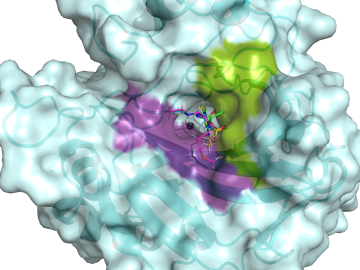
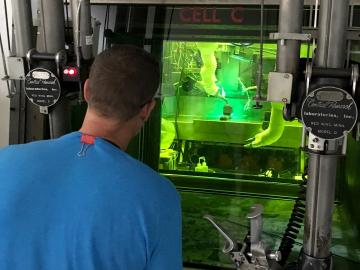
Scientists of the Department of Energy’s Light Water Reactor Sustainability Program (LWRS) and partners from the Electric Power Research Institute (EPRI) have conducted the first weld tests to repair highly irradiated materials at DOE’s Oak Ridge National Laboratory.



